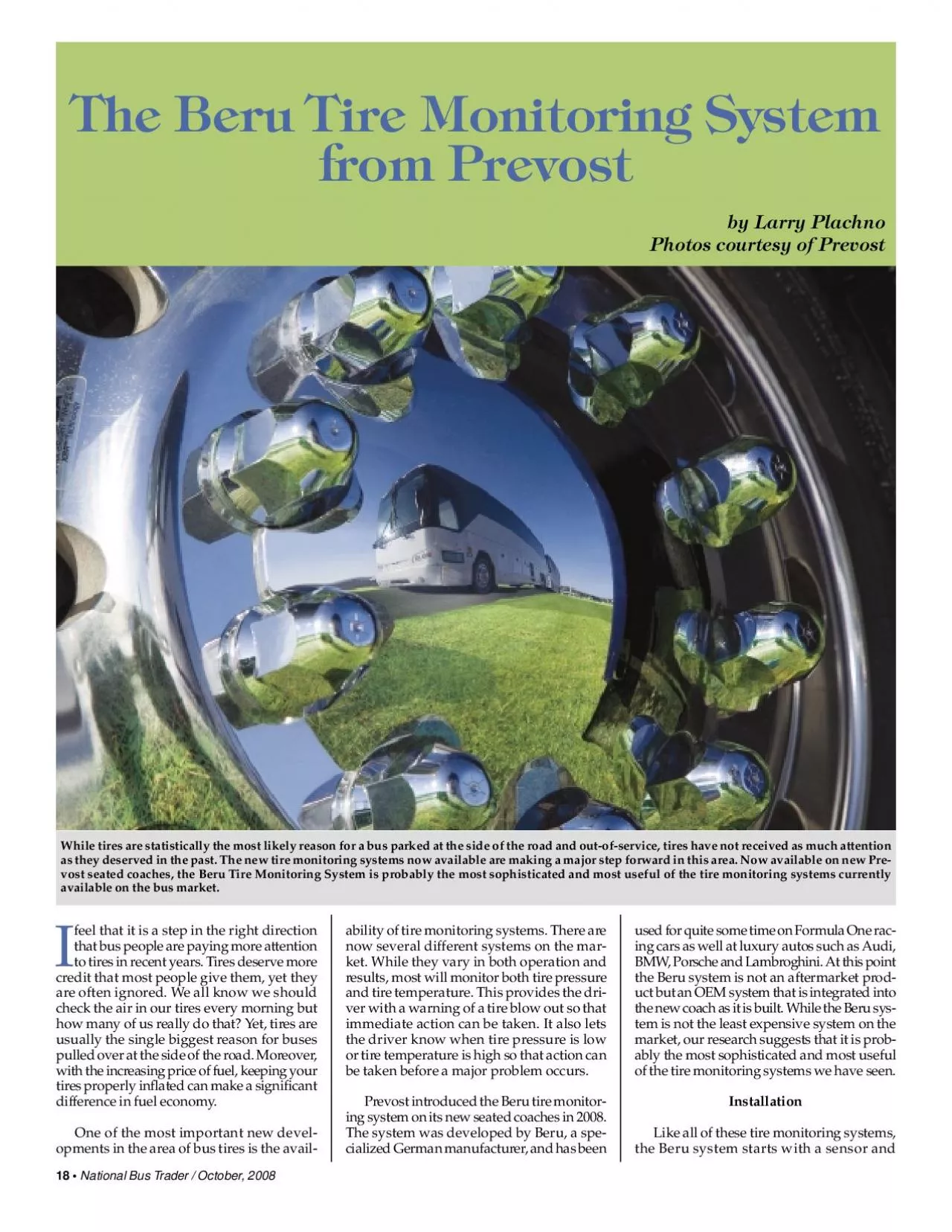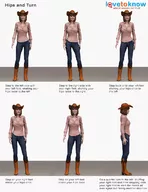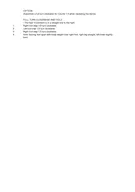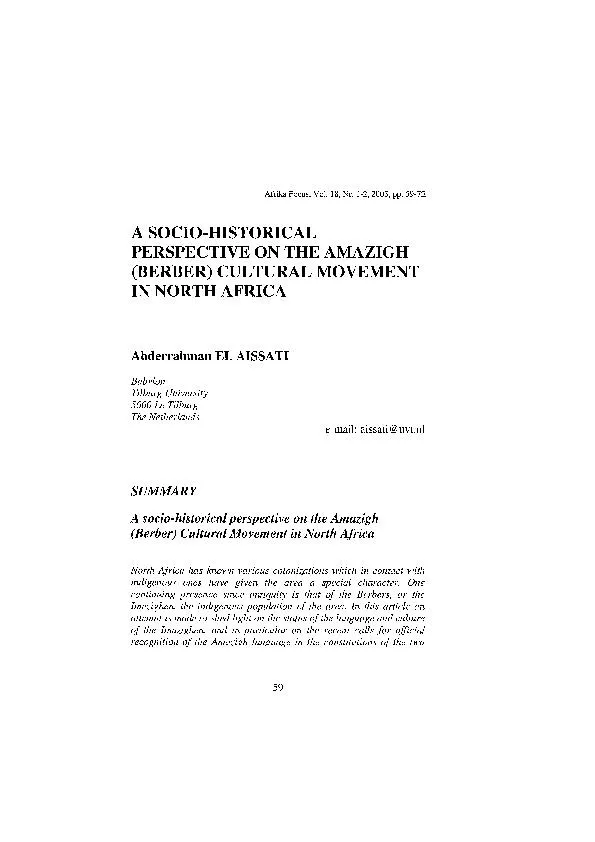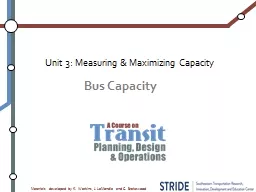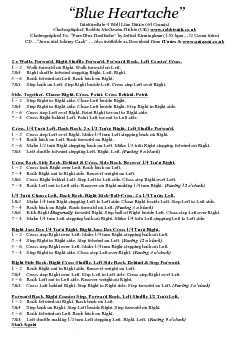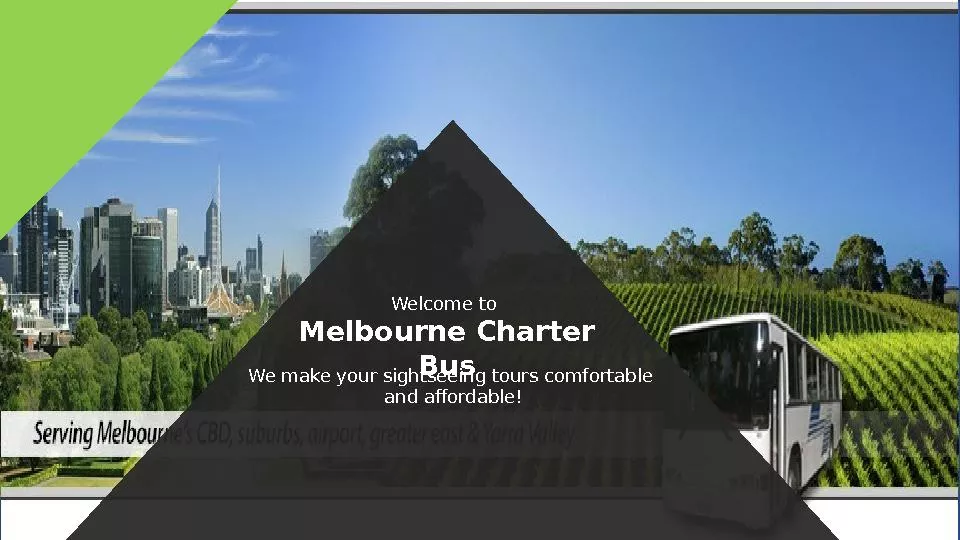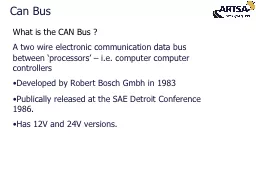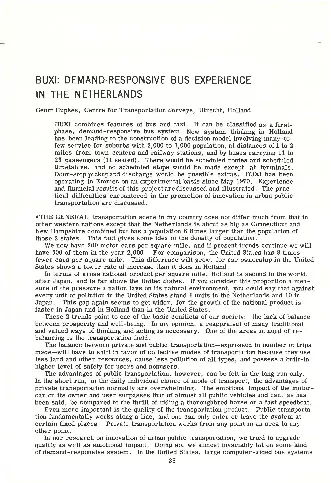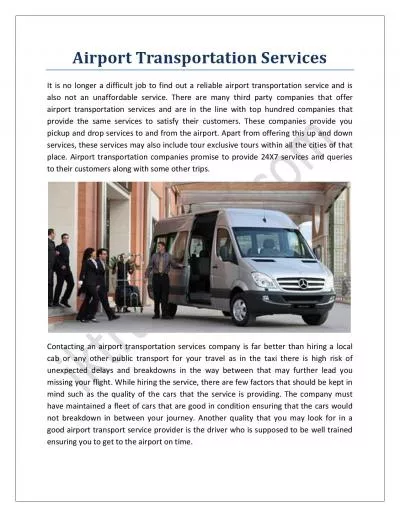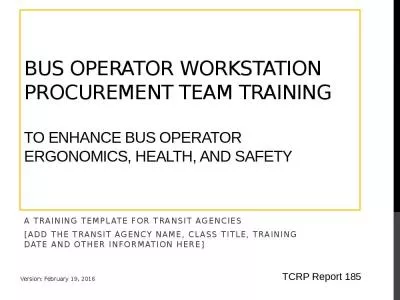PDF-feel that it is a step in the right directionthat bus people are payin
Author : ella | Published Date : 2021-08-26
National Bus Trader October 2008vost seated coaches the Beru Tire Monitoring System is probably the most sophisticated and most useful of the tire monitoring The
Presentation Embed Code
Download Presentation
Download Presentation The PPT/PDF document "feel that it is a step in the right dire..." is the property of its rightful owner. Permission is granted to download and print the materials on this website for personal, non-commercial use only, and to display it on your personal computer provided you do not modify the materials and that you retain all copyright notices contained in the materials. By downloading content from our website, you accept the terms of this agreement.
feel that it is a step in the right directionthat bus people are payin: Transcript
Download Rules Of Document
"feel that it is a step in the right directionthat bus people are payin"The content belongs to its owner. You may download and print it for personal use, without modification, and keep all copyright notices. By downloading, you agree to these terms.
Related Documents

